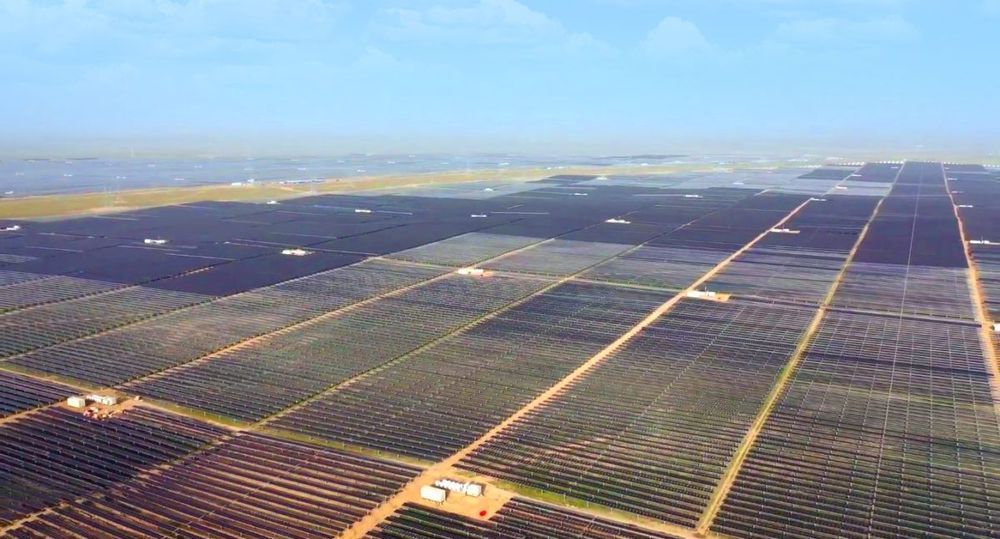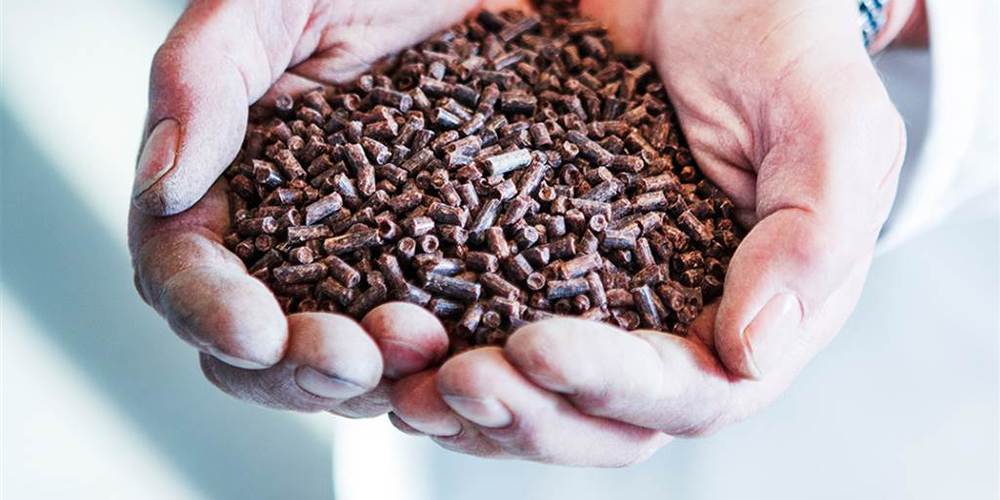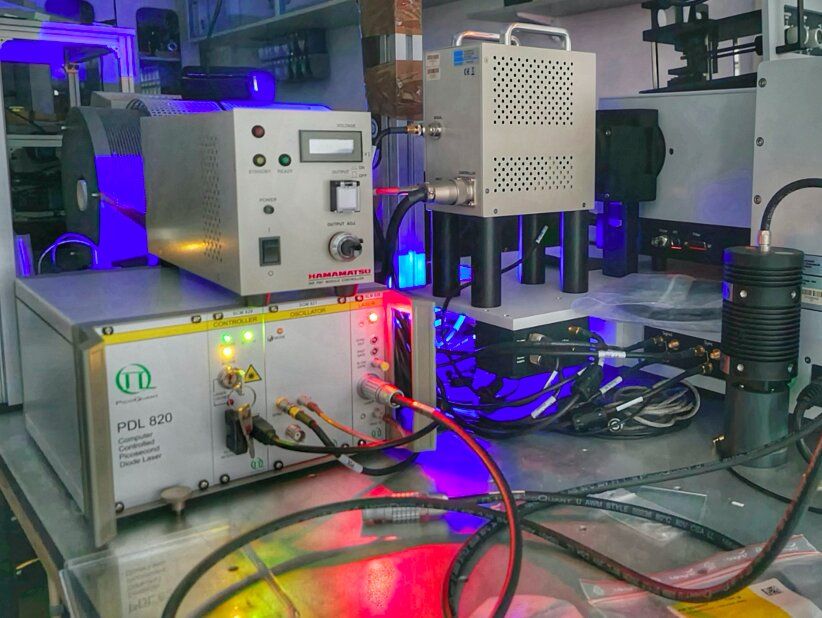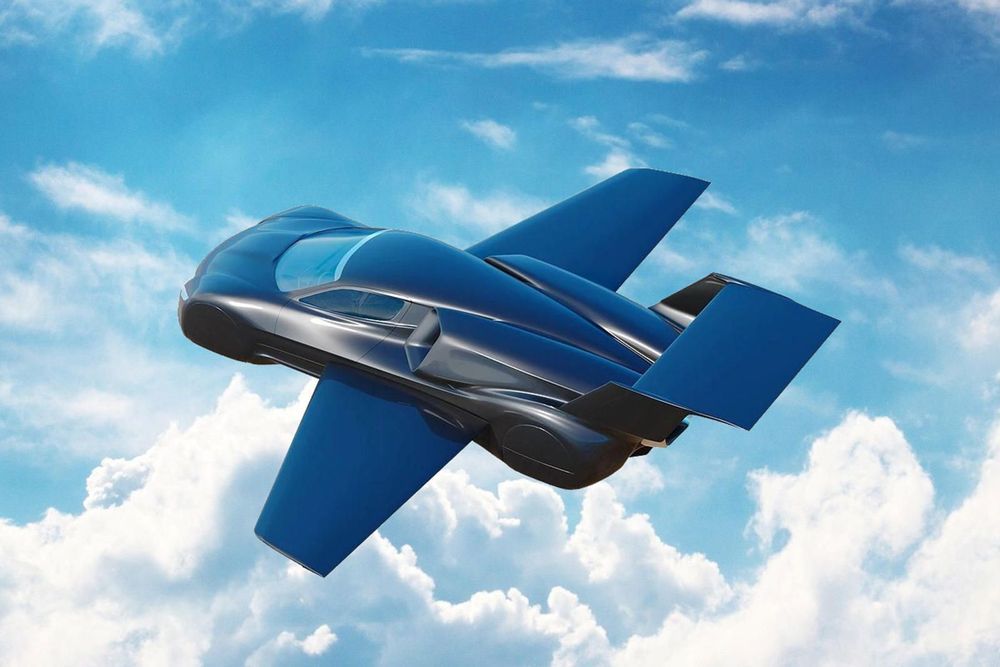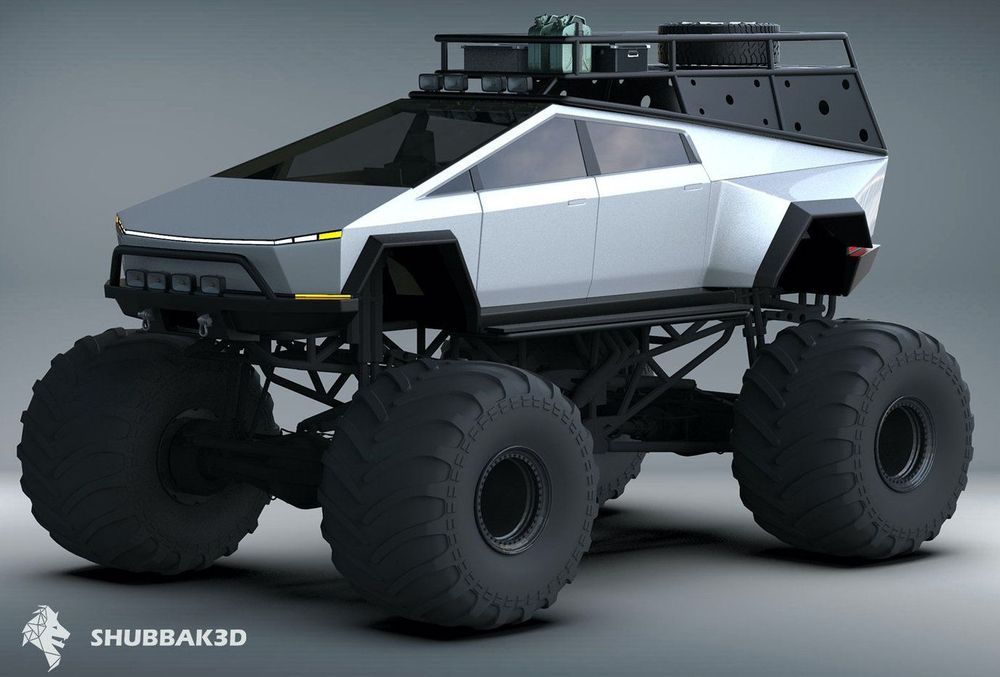Elon Musk is among the few people on Earth that are working towards changing the course of humanity’s future in a drastic way. He founded SpaceX in 2002 to make life multiplanetary –colonize Mars. Since then, SpaceX has developed some of the world’s most advanced rockets and spacecraft. Throughout the years Musk’s bold ideas, ambitious goals, and ability to lead teams to achieve greatness has earned him a place in history. Hollywood actor Channing Tatum seems to be inspired by Musk’s space venture that he is now planning to produce an HBO drama television series about Musk and his journey at SpaceX.
According to Deadline reporters, who first reported the news, Tatum’s film production company, Free Association, will produce a six-episode scripted series. The story will be about how SpaceX started with a rocket that almost did not make it to orbit, to returning human spaceflight capabilites to the United States. “The project will be penned by Star Trek Beyond scribe Doug Jung based on Ashlee Vance’s book Elon Musk: Tesla, SpaceX, and the Quest for a Fantastic Future, first published in 2017,” Deadline reports, “Free Association’s Tatum, Reid Carolin and Peter Kiernan will executive produce with Vance and Len Amato, HBO’s former President Of HBO Films, Miniseries & Cinemax.”



